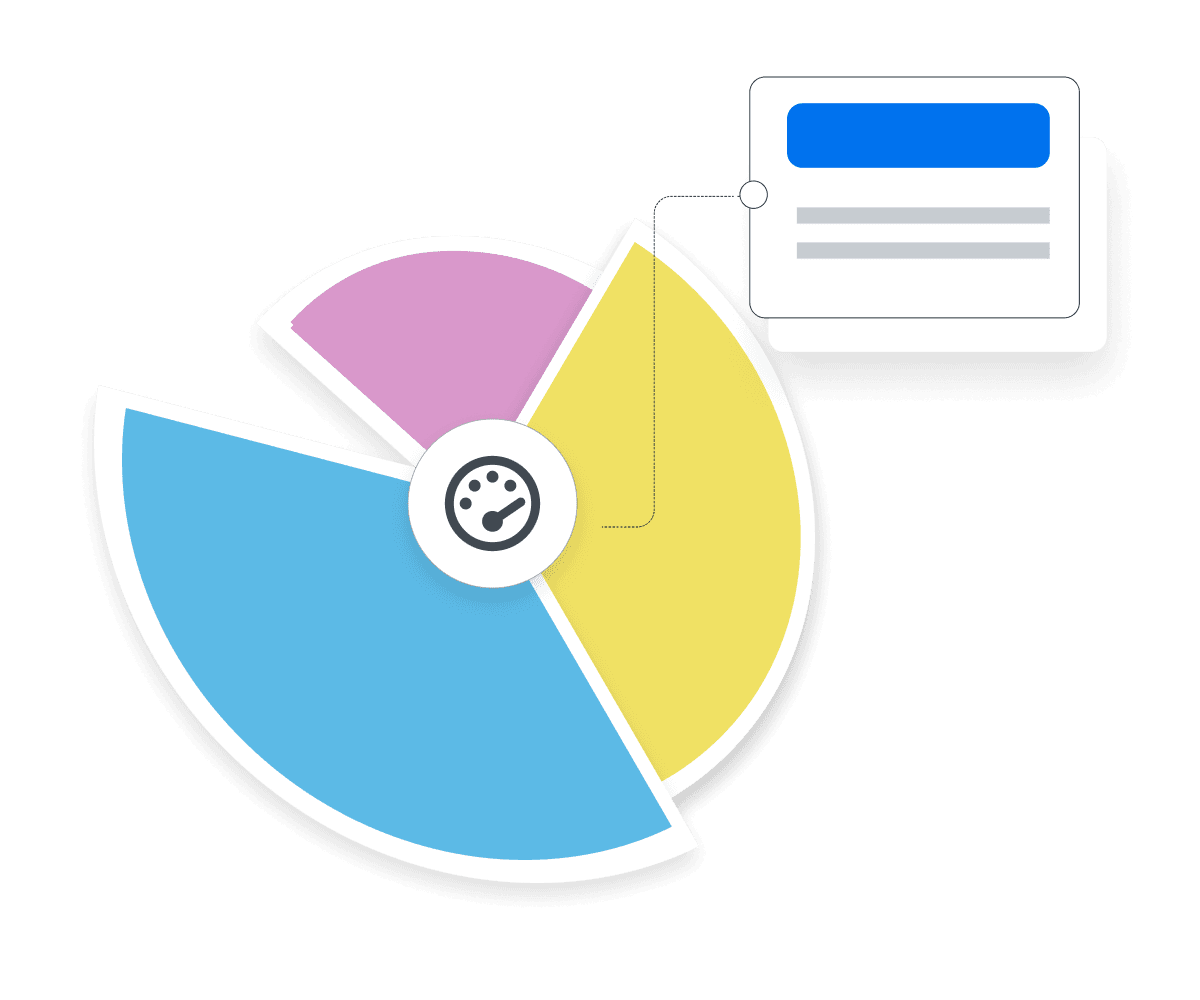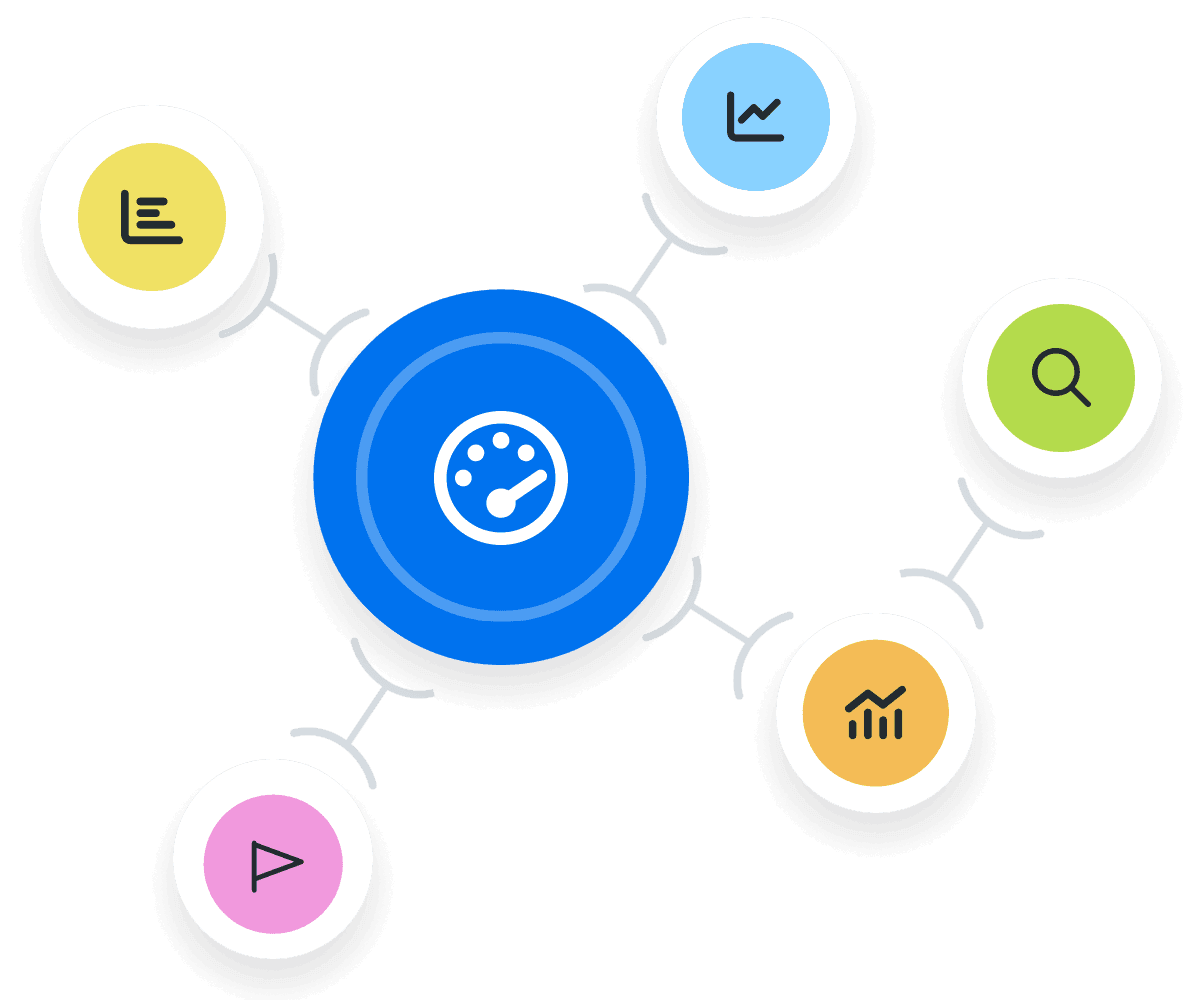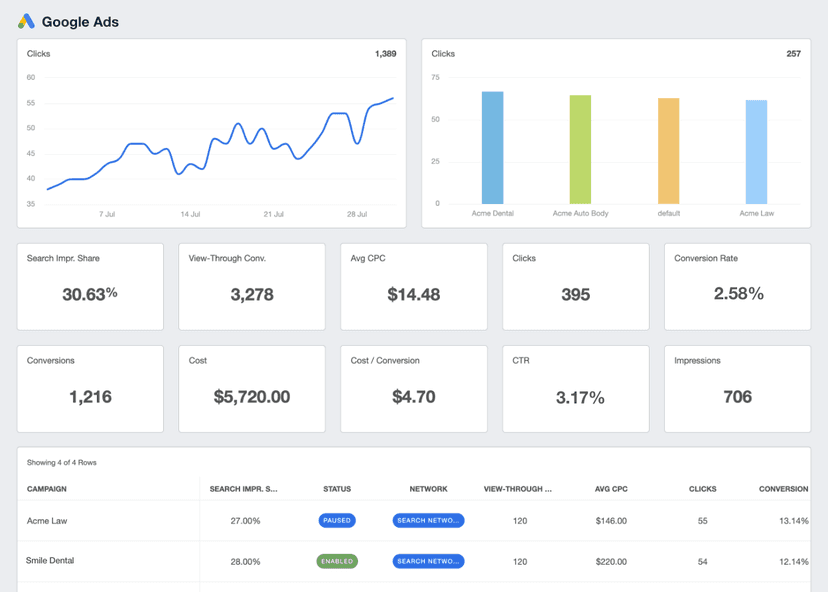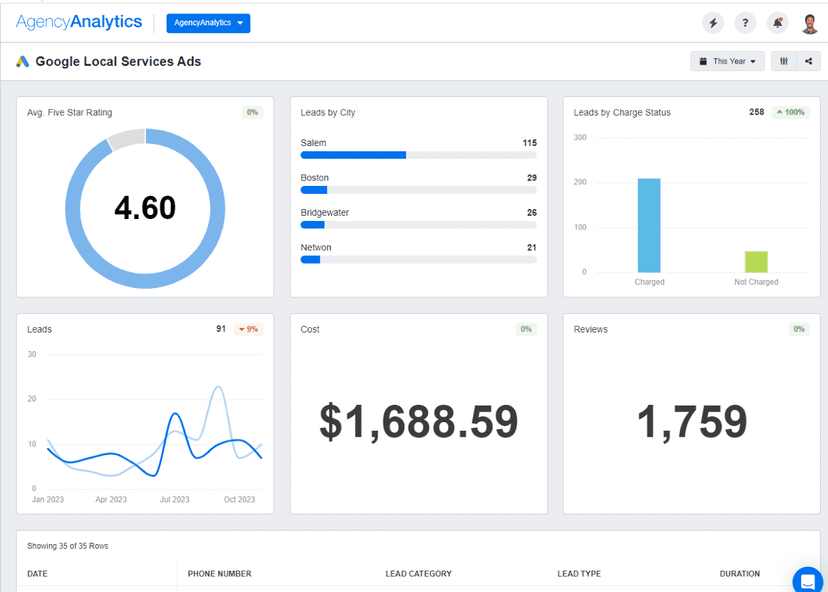Active Users
Audience Optimization
Guides allocation of resources toward audiences more likely to convert or engage.
Client Reports
Demonstrates ROI in client reports by tracking engaged users.
Retention Strategies
Identifies patterns among Active Users to help develop personalized content.
A/B Testing
Shows how different variants of messaging affect Active User engagement.
Why Tracking Active Users Is Important
An increase in Active Users shows that a target demographic is engaged with the intended digital content and is spending an adequate period of time exploring a website, app, or software application.
Decreased Active Users, especially during a typically busy season or following an update, indicate that visitors are losing interest, and as such, strategies should be adjusted.
In this way, Active Users provide insights for decision-making. Understanding the tweaks that produce positive gains means that certain feature development projects should be prioritized, or marketing strategies adjusted based on how users interact with the application.
Stop Wasting Time on Manual Reports... Get Insights Faster With AgencyAnalytics
How Active Users Relate to Other KPIs
As a standalone metric, Active Users do not tell the full story. However, when measured in relation to other KPIs, this metric provides accurate data that informs business decisions. For example, Active Users are vital in measuring retention rate, which is the number of people who continue to use a product over a specified period.
Churn rate, when combined with Active Users, provides further context. If many users are active on their first interaction with a product and their interaction drastically reduces over time, that indicates a challenge that users repeatedly have during signup or onboarding.
Finally, Active Users measure the effectiveness of a campaign in terms of ROI. The number of Active Users acquired or retained during a marketing campaign versus how much was spent paints a clear picture of the campaign's success.
We are convinced that both highly engaging on-page content and optimized blog content are part of our secret to success. Frequently we are finding blog content casts a broader net and attracts traffic that may not otherwise find our clients. This offers us the ability to attract “peripheral” traffic and engagement we can then cultivate into conversion.
How To Measure Active Users
In its most basic sense, to measure Active Users is to track the number of unique individuals who have interacted with a digital asset over a timeframe. However, to add greater context when measuring Active Users, it’s important to define what qualifies as an “Active User."
For example, some define Active Users as an app user or people who log in or visit a digital site. Others will take it a step further and set active user criteria, requiring the user to perform a specific action (like clicking a link). The definition of the term will depend on the nature of the website, app, or software, and the conversion goals.
Manually calculating active users is typically not required, as most platforms, including GA-4 analytics tool, provide active user count data. To find Active User measurements in Google Analytics 4, sign in, navigate to the view, click on reports on the left panel, then select audience > Active Users.
How To Set Active User Benchmarks and Goals
To set precise and personalized benchmarks and goals, analyze competitors, industry standards, and historical data on user trends from previous reports.
For instance, industry benchmarks might be 20k+ Active Users; however, digging deeper to find what actions a user performs and how long each user’s duration lasts gives a more personalized benchmark.
Why Active Users Matter to Clients
Active Users serve as the lifeblood of a product for clients, signifying success when the numbers soar and indicating potential issues when they dwindle.
This metric helps guide clients to pinpoint successful campaigns that drive spikes in Active Users. Through this lens, clients gain insights into user behavior and preferences, aiding strategic decisions.
A sturdy base of Active Users often translates to higher revenue potential, as their engagement suggests a greater likelihood of conversion. Active Users is a strategic metric that clients use to optimize budgets by redirecting resources away from strategies that produce a decline.
Why Active Users Matter to Agencies
For agencies, Active User counts are only a starting point. Once they gain an understanding of the current baseline via an Active Users report, agencies aim to increase the numbers, and enhance the likelihood of conversions.
From the agency perspective, Active Users are a sign of whether a client’s content, website, or app UI/UX suits their audience or needs improvement. They understand that Active User data provides a valuable temperature check on the efficacy of their strategies.
For instance, if an agency launches a big campaign with the goal of driving traffic to a website, but user activity doesn’t increase as a result, it’s time to re-examine the creative, conduct A/B testing on CTAs, and consider a new approach.
Save Time and Money by Automating Your Client Reporting
Best Practices When Analyzing and Reporting on Active Users
Analyzing and reporting Active User data provides opportunities to see trends and areas for improvement. From there, it’s easy to make precise, laser-focused decisions.
Analyze Active Users Over Time
Daily Active Users is most insightful when compared to Monthly Active Users (MAU) or Weekly Active Users (WAU). Analyze this metric over time for a well-rounded report.
Compare Data Across Channels & Campaigns
Different marketing channels and campaigns attract users with different intents. Comparing across channels points out core reasons for user surges or churns.
Put Active User Metrics in Context
Analyzing Active Users alongside metrics like Customer Lifetime Value and Retention Rate demonstrates the true value of the metric.
Align Active Users to Client Goals
When reporting, demonstrate how a decline or increase in Active Users brings clients closer or farther from their goals.
Visualize Active User Performance
Charts and images bring reports to life and aid easier understanding. Remember, the goal is to convey a message, not reel off boring figures.
Watch for Active User Anomalies
An unexpected drop in Active Users demands attention. It shows that users are repeatedly encountering a challenge that requires a solution.
GA4 Dashboard Example

Related Integrations
How To Improve Active Users
Improving Active Users involves employing strategies that keep users engaged and enhance user experience. Here are a few tips:
Understand User Behavior
Analyzing user data helps tailor the right content to the right audiences and boost Active Users.
Enhance User Experience
Improve site speed and increase mobile responsiveness. Create intuitive interfaces that guide users towards key actions.
Onboarding Optimization
Eliminate unnecessary friction during user sign-ups and avoid overwhelming users with email sequences.
Related Blog Posts
See how 7,000+ marketing agencies help clients win
Free 14-day trial. No credit card required.














